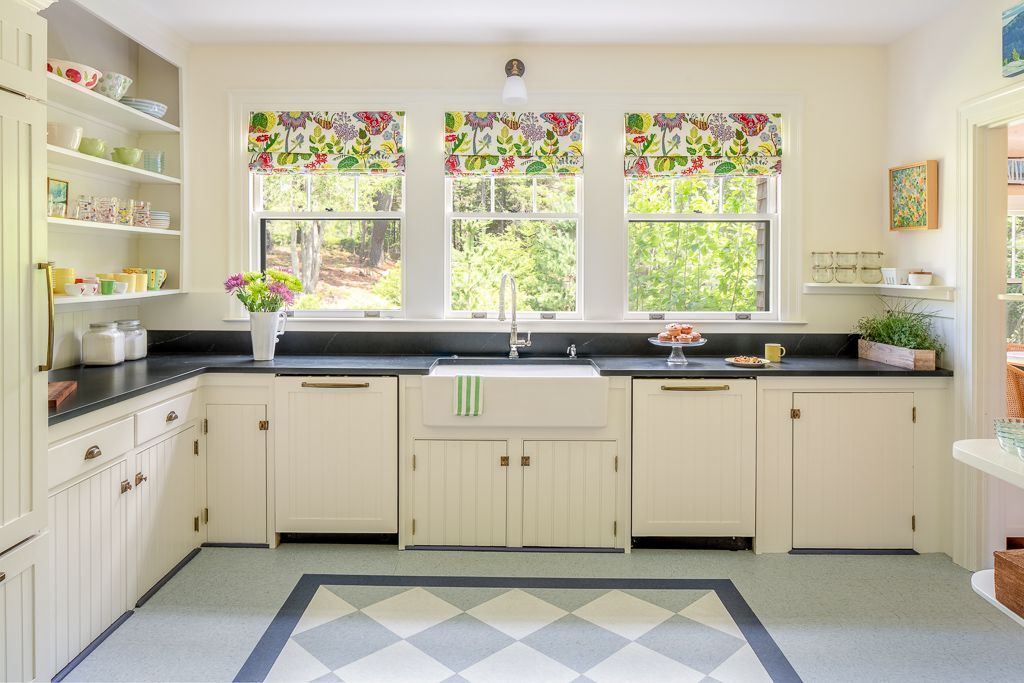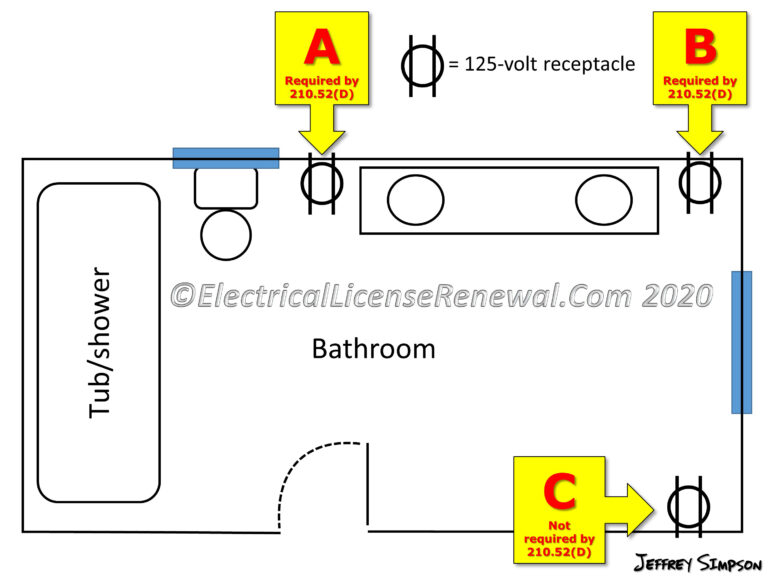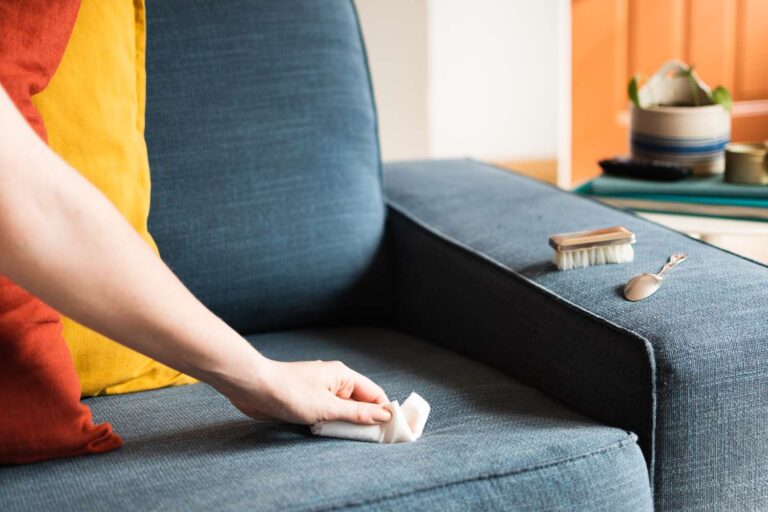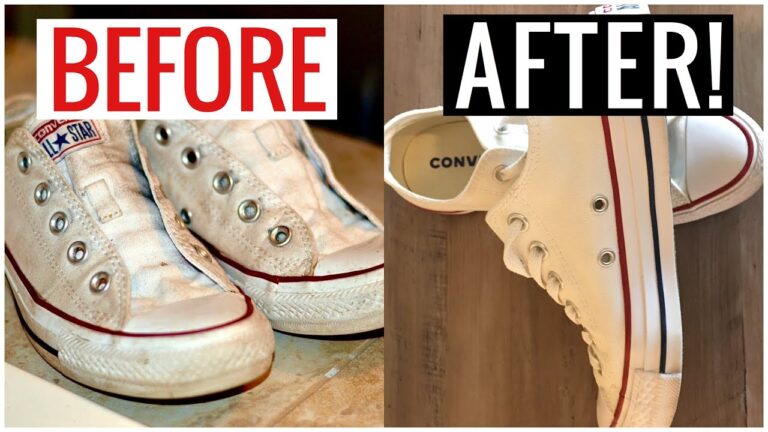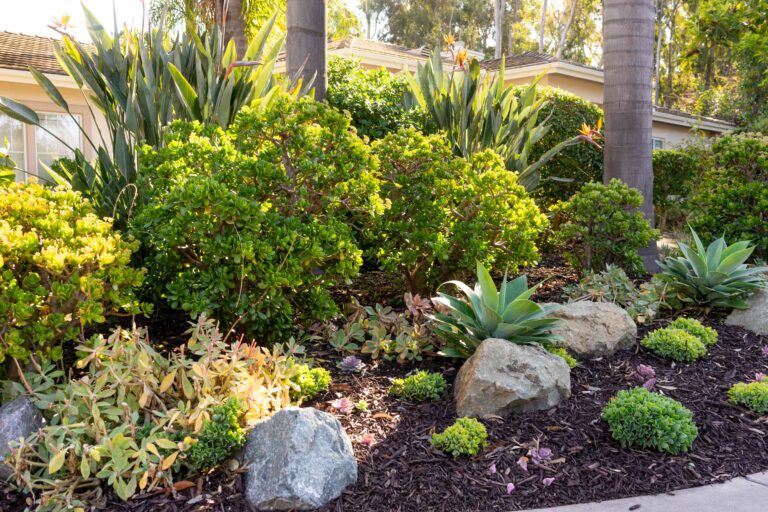Using Linoleum Flooring In Kitchens
Linoleum flooring is a great choice for any kitchen. It’s an affordable, durable, and attractive option that is available in a variety of colors and patterns. Linoleum is also very easy to clean and maintain, making it a great choice for busy kitchens. It is also resistant to moisture, bacteria, and other spills, making it an ideal choice for a food-based area. In addition, linoleum flooring can last up to 40 years, so it’s a great long-term investment for any kitchen. With so many benefits, it’s no wonder why linoleum is becoming a popular choice for kitchen flooring.
Installation of Linoleum Flooring
Installing linoleum flooring in your kitchen is not as daunting as it sounds. It is an easy and cost-effective project that can be completed in a few hours. Linoleum has an exceptionally durable and water-resistant surface that is easy to clean and maintain. It is also widely available in a variety of colors and styles to suit any kitchen style.
Before beginning the installation, it is important to measure the area and check the subfloor for any irregularities. If there are any irregularities, they must be addressed before laying the linoleum. Once the subfloor is ready, it is important to ensure that the linoleum is unrolled and cut to the desired size. Using a quality adhesive, the linoleum should be securely affixed to the subfloor.
It is important to note that linoleum flooring expands and contracts with temperature changes. To accommodate this, it is important to leave a small gap of approximately 1/4 inch around the perimeter of the room. Additionally, it is important to ensure that the linoleum is cut carefully to fit the exact measurements of the room.
After the linoleum is securely affixed to the subfloor, it is important to apply a sealer to protect and seal the surface. This will prolong the life of the floor and make it easier to clean and maintain. Once the sealer is dry, the linoleum can be buffed and polished for a professional finish.
Installing linoleum flooring in your kitchen is an easy and cost-effective project that can be completed with the right tools and supplies. With careful preparation and installation, your linoleum floor will last for many years to come.
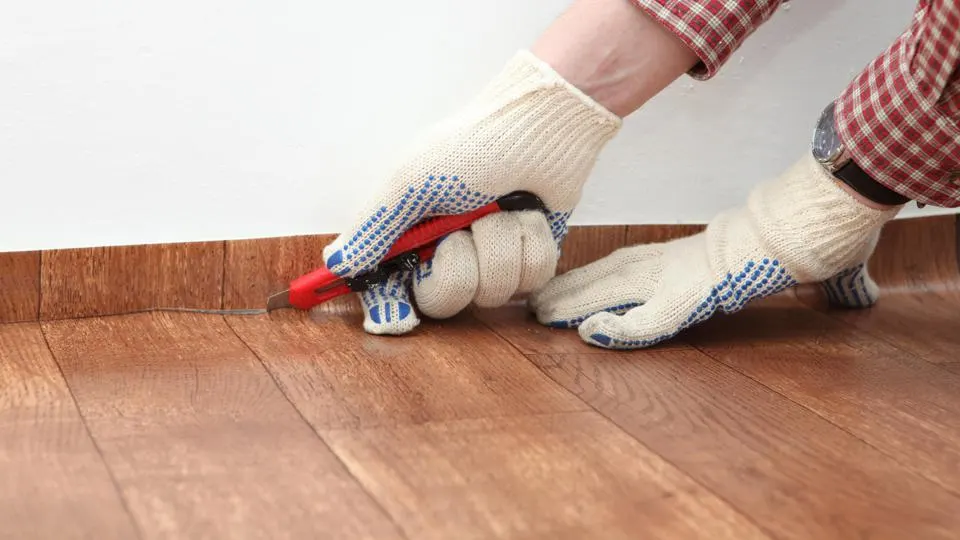
Credit: www.forbes.com
Design Tips for Linoleum Flooring in Kitchens
Linoleum flooring has a long history of use in kitchens and for good reason. Not only is it affordable and easy to maintain, but it can also be incredibly stylish. To make the most of linoleum flooring in your kitchen, here are a few design tips that will help you create the perfect look.
First and foremost, consider the color of the linoleum. Darker colors are ideal for creating a classic and sophisticated look, while lighter colors are great for bringing a more modern feel to the room. Also, consider the pattern of the linoleum, as this can help to create a unique and eye-catching design.
In addition, consider adding a rug or carpet to the kitchen floor. This can add warmth and comfort to the room, while also helping to protect the linoleum from wear and tear. Additionally, be sure to select the right linoleum for your kitchen – there are a variety of different types available, each with different levels of durability and resistance to wear.
Finally, take the time to properly clean and care for your linoleum flooring. Regular sweeping and mopping is essential for keeping it looking its best. Additionally, you should apply a protective sealant every few years to keep it looking great for years to come.
By following these tips, you can create a stylish and inviting kitchen with the help of linoleum flooring. With its affordability and ease of maintenance, linoleum is the perfect choice for creating a beautiful and functional kitchen space.
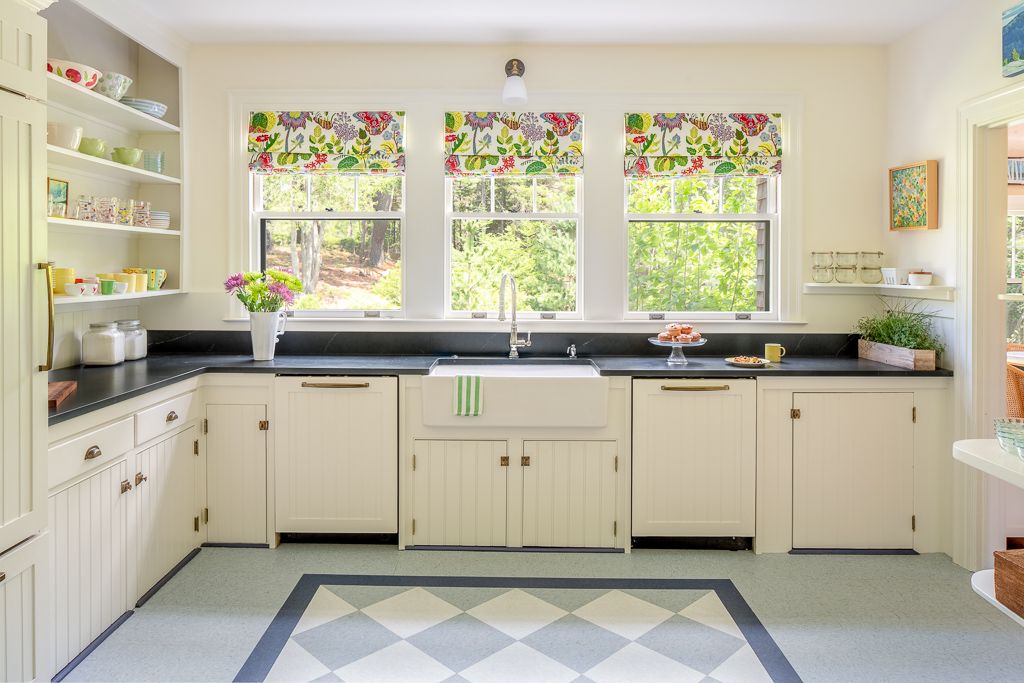
Maintenance of Linoleum Flooring
Linoleum flooring is becoming increasingly popular in kitchens due to its durability and attractive appearance. But while linoleum is a great choice for kitchen flooring, it does require some basic maintenance to retain its beauty and longevity. Here are some tips for keeping your linoleum kitchen floor looking great for years to come.
Regular cleaning is the most important factor in maintaining a linoleum kitchen floor. A simple sweep and mop with a mild, pH-neutral cleaner will help keep the surface free from dirt and debris. Try to avoid harsh cleaners with ammonia or bleach as these can damage the surface of the linoleum. For tougher messes, a soft-bristled brush can be used to remove dirt and grime.
Linoleum floors should also be waxed at least once a year, as this will help protect the surface from scratches and other damage. When applying wax, make sure to use a product specifically made for linoleum and follow the manufacturer’s instructions for best results. Additionally, using felt protective pads on furniture legs or using floor mats in high-traffic areas can help minimize the risk of scratches.
Finally, linoleum should be sealed every few years to keep it looking its best. Sealing helps repel water and other liquids, and will also help protect the color and finish of the floor from fading over time.
With a little bit of regular maintenance, your linoleum kitchen floor can look great for years to come. Taking a few simple steps to keep it clean and protected will help ensure that your linoleum flooring looks its best for years to come.
Cost of Linoleum Flooring
Linoleum flooring is a popular choice for many kitchens due to its affordability, durability, and ease of maintenance. When it comes to cost, linoleum is one of the most budget-friendly flooring materials on the market, making it especially appealing to homeowners looking to renovate their kitchens on a tight budget. The cost of linoleum flooring varies depending on factors such as the type of linoleum, size and thickness of the flooring, and installation costs. Generally, linoleum flooring will cost anywhere from $1 to $5 per square foot. Additionally, installation costs will depend on the complexity of the job, and could range from $1 to $3 per square foot. It is important to note that the cost of linoleum flooring may be higher in some areas due to labor and transportation costs.
Linoleum flooring is a great option for those looking for affordable, durable, and easy-to-maintain kitchen flooring. The cost of linoleum flooring varies depending on factors such as the type of linoleum, size, and thickness of the flooring, and installation costs. With a little research, homeowners can find the perfect type of linoleum flooring that fits their budget and their design aesthetic.
Popular Linoleum Flooring Patterns
Linoleum flooring is an affordable and durable flooring option for kitchens. It comes in a variety of colors and patterns that allow homeowners to customize their kitchen space. Popular linoleum flooring patterns include checkered, striped, and floral designs. The checkered pattern is a classic look that evokes a homey, old-school feel. Striped linoleum flooring provides an eye-catching flair that can be used to delineate a space or create the illusion of a larger room. Floral designs provide a unique look that can be used to personalize a kitchen. There are hundreds of linoleum flooring patterns available, so there’s sure to be one that fits a homeowner’s style and budget.
FAQs About the Using Linoleum Flooring In Kitchens
Q1: What is the best way to clean linoleum flooring in kitchens?
A1: The best way to clean linoleum flooring in kitchens is to sweep or vacuum the floor to remove any loose dirt and debris, then use a damp mop with warm water and a mild detergent. Avoid using harsh abrasives or harsh chemicals as these can damage the floor.
Q2: How long do linoleum floors last in kitchens?
A2: Linoleum floors can last up to 40 years when properly maintained. Regular sweeping and mopping will help to extend the life of your linoleum floor.
Q3: What type of finish should I use on my linoleum floor in the kitchen?
A3: A low-gloss or matte finish is the best option for linoleum floors in kitchens. This type of finish helps to reduce slipping and is easier to clean.
Conclusion
Linoleum flooring is a great choice for a kitchen floor. It is durable, affordable, and easy to maintain, and it comes in a variety of colors and patterns that can add a beautiful touch to any kitchen. Linoleum is also very water-resistant and will stand up to spills and splashes without warping or staining. It is a great choice for a busy kitchen, and it can last for years with proper care and maintenance.
